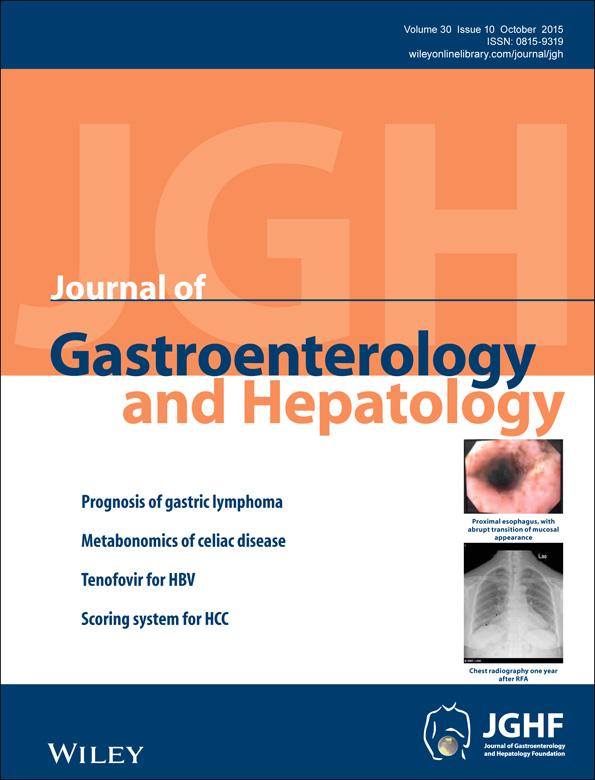Feasibility and safety of a novel dedicated device for one-step EUS-guided biliary drainage: A randomized trial
Abstract
Background and Aims
EUS-guided biliary drainage (EUS-BD) has been proposed as an alternative for patients after failed ERCP. To date, the evaluation of dedicated device for one-step EUS-BD has been limited. To determine feasibility and safety of a newly designed 7F stent introducer with tapered metal tip as a push-type dilator for one-step metal stent placement without additional fistula dilation in EUS-BD.
Methods
Thirty-two patients with malignant biliary obstruction and failed ERCP were randomly assigned to a dedicated stent introducer with a modified hybrid metal stent (DH group, n = 16) or a conventional 8.5F biliary metal stent introducer with a fully covered metal stent (FC group, n = 16). The technical success, procedural times, clinical success rate, and adverse event rates were evaluated.
Results
One-step technical success without additional fistula dilation in the DH was 88% (14/16). Multi-step process in a stent placement was performed in all patients of the FC group. The procedural time in the DH was significantly shorter than the FC (10 vs. 15 min, P = 0.007). No difference in overall technical or clinical success was seen between the groups. The rate of an early adverse event was common in the FC compared with the DH (31.3% [5/16] in the FC vs. 6.3% [1/16] in the DH, P = 0.172), although not statistically significant.
Conclusions
A dedicated device for one-step EUS-BD may be technically feasible, safe, and shorten the procedural times with less chance of an additional fistula dilation process, resulting in a potential reduction of the early adverse events.




